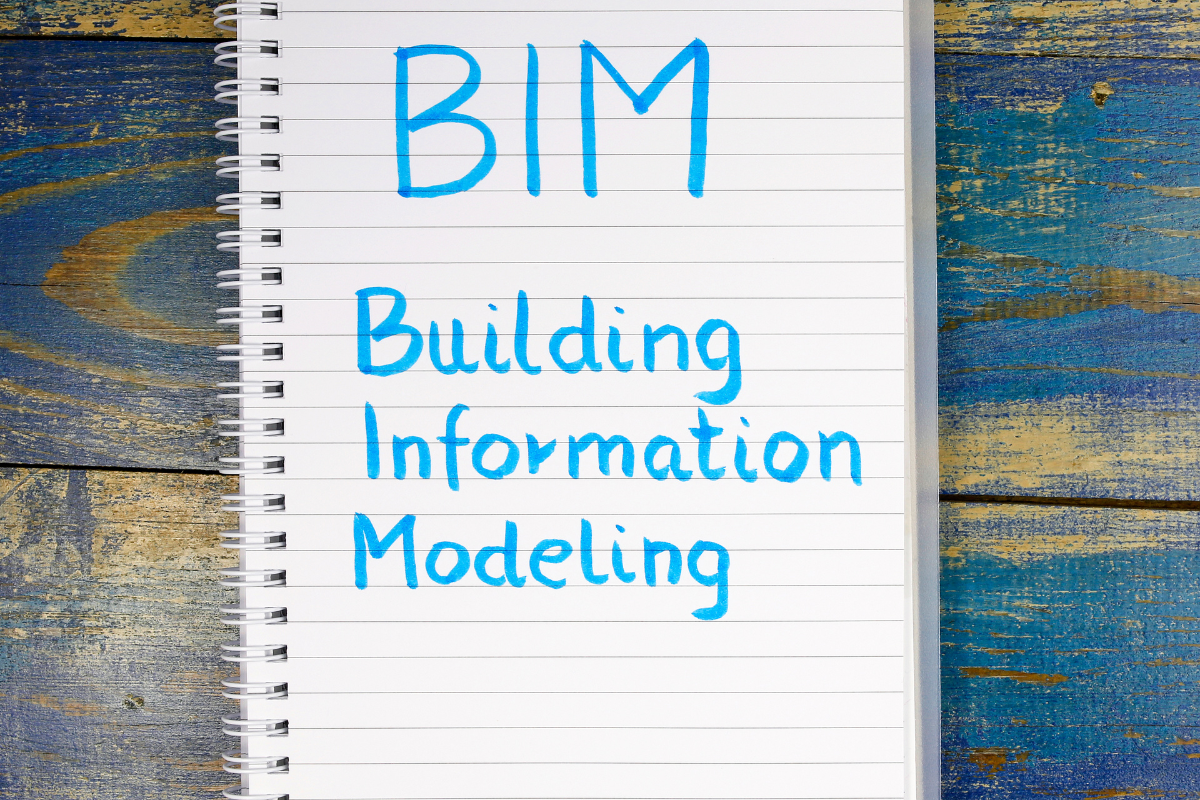Building Information Modeling (BIM) has profoundly transformed the construction industry, offering an integrated approach to the planning, design, construction, and management of infrastructure and buildings. However, the future of BIM is not limited to incremental improvements alone; it promises to further revolutionize the sector, driven by technological advancements and new collaboration approaches. This article explores the innovations and trends shaping the future of BIM and how they are poised to redefine how we design, build, and operate in the built environment.
Technological Evolution and Impact on BIM Development
Since its inception, BIM has evolved with technological advances. Initially used to create detailed 3D models, BIM now encompasses much more. With the integration of technologies such as the Internet of Things (IoT) and automation, the future of BIM is moving towards creating smarter and connected models. These models not only represent geometry and data but also incorporate real-time information about building performance, such as energy consumption and environmental conditions.
Artificial Intelligence and Machine Learning: Transforming BIM
One of the most exciting aspects of the future of BIM is the role of Artificial Intelligence (AI) and Machine Learning (ML). These technologies empower BIM to automate repetitive tasks, analyze large volumes of data efficiently, and even predict outcomes based on identified patterns. For example, ML algorithms can learn from previous projects to suggest design optimizations, while AI can aid in early detection of issues during construction.
Augmented and Virtual Reality: The Next Frontier of BIM
Augmented Reality (AR) and Virtual Reality (VR) are becoming essential for immersive visualization of construction projects. In the future of BIM, professionals will be able to virtually walk through a building under design, identifying design conflicts before physical construction begins. This not only saves time and money but also enhances the accuracy and quality of work performed.
BIM in the Cloud: How Cloud Computing is Revolutionizing the Sector
Cloud computing plays a crucial role in the future of BIM, enabling instant access and real-time collaboration on complex BIM models from anywhere in the world. With the ability to store large amounts of data and process it quickly, the cloud facilitates integration of globally distributed teams, significantly enhancing project efficiency and speed.
Blockchain and BIM: Ensuring Security and Transparency in Projects
Blockchain, primarily known for its use in cryptocurrencies, is also finding application in BIM to ensure security and transparency in projects. The technology provides an immutable record of all transactions and changes made to a BIM model, from initial concept to construction and maintenance. This helps mitigate disputes, reduce fraud, and enhance trust among all parties involved in the project lifecycle.
Sustainability and Energy Efficiency in the Future of BIM
As sustainability becomes an increasingly global concern, BIM plays a crucial role in designing and operating energy-efficient buildings. The future of BIM will see models that not only optimize the use of natural resources but also predict environmental performance throughout the building’s lifecycle. This will not only reduce environmental impact but also long-term operational costs.
Interoperability: Challenges and Solutions for Global Collaboration
One persistent challenge for BIM is interoperability between different platforms and software. However, the promising future of BIM includes ongoing efforts to develop open standards and protocols that enable smoother global collaboration. Enhanced interoperability will not only facilitate data exchange among disciplines and stakeholders but also promote more efficient integration of systems and processes.
BIM 4D and 5D: Integrating Time and Cost for More Efficient Projects
In addition to traditional 3D models, the future of BIM includes additional dimensions such as time (4D) and cost (5D). This allows project managers to simulate realistic construction schedules and accurately estimate costs throughout the project lifecycle. Temporal and financial visualization not only improves planning and predictability but also enables more effective resource management.
3D Printing and BIM: How Digital Fabrication is Shaping the Future of Construction
3D printing is emerging as a transformative technology in construction, and its integration with BIM promises to revolutionize how buildings are designed and built. In the future, detailed BIM models can be directly translated into instructions for 3D printers, enabling the creation of complex structures faster, economically, and sustainably.
BIM and Smart Cities: Building the Urban Future Integratively
Finally, the future of BIM extends beyond individual buildings to embrace the concept of smart cities. By integrating BIM with urban infrastructures such as transportation, water, and energy systems, future cities can be designed, built, and managed more efficiently and sustainably. This integrated approach not only enhances the quality of life for citizens but also promotes more balanced and resilient urban development.
The future of BIM is extraordinarily promising, driven by a combination of technological innovations and paradigm shifts in how we conceive the built environment. With BIM’s continuous evolution through technologies like AI, AR, 3D printing, and blockchain, we are only scratching the surface of the possibilities it offers. As we move towards a future where design, construction, and operation become increasingly integrated and efficient, BIM will continue to play a central role in creating a smarter, sustainable, and resilient built environment for future generations.


